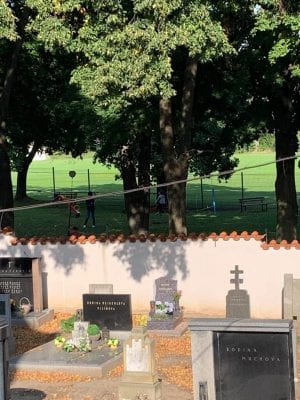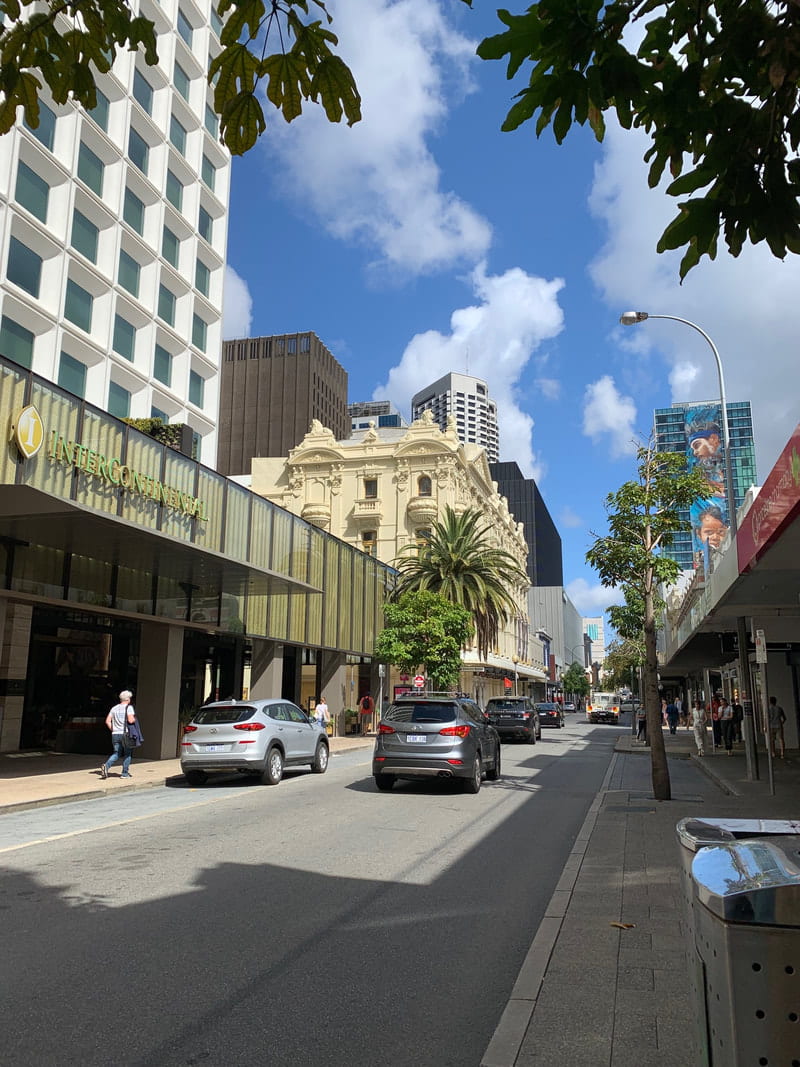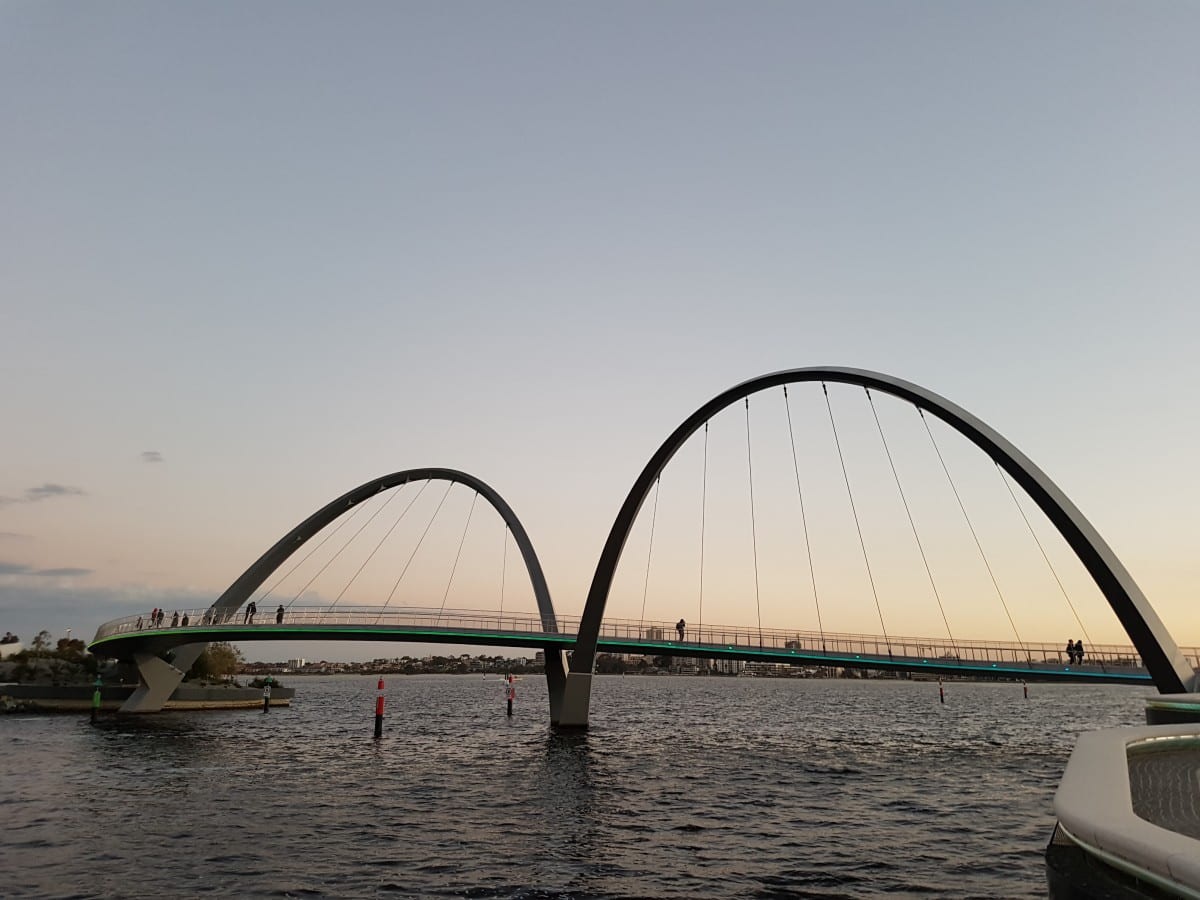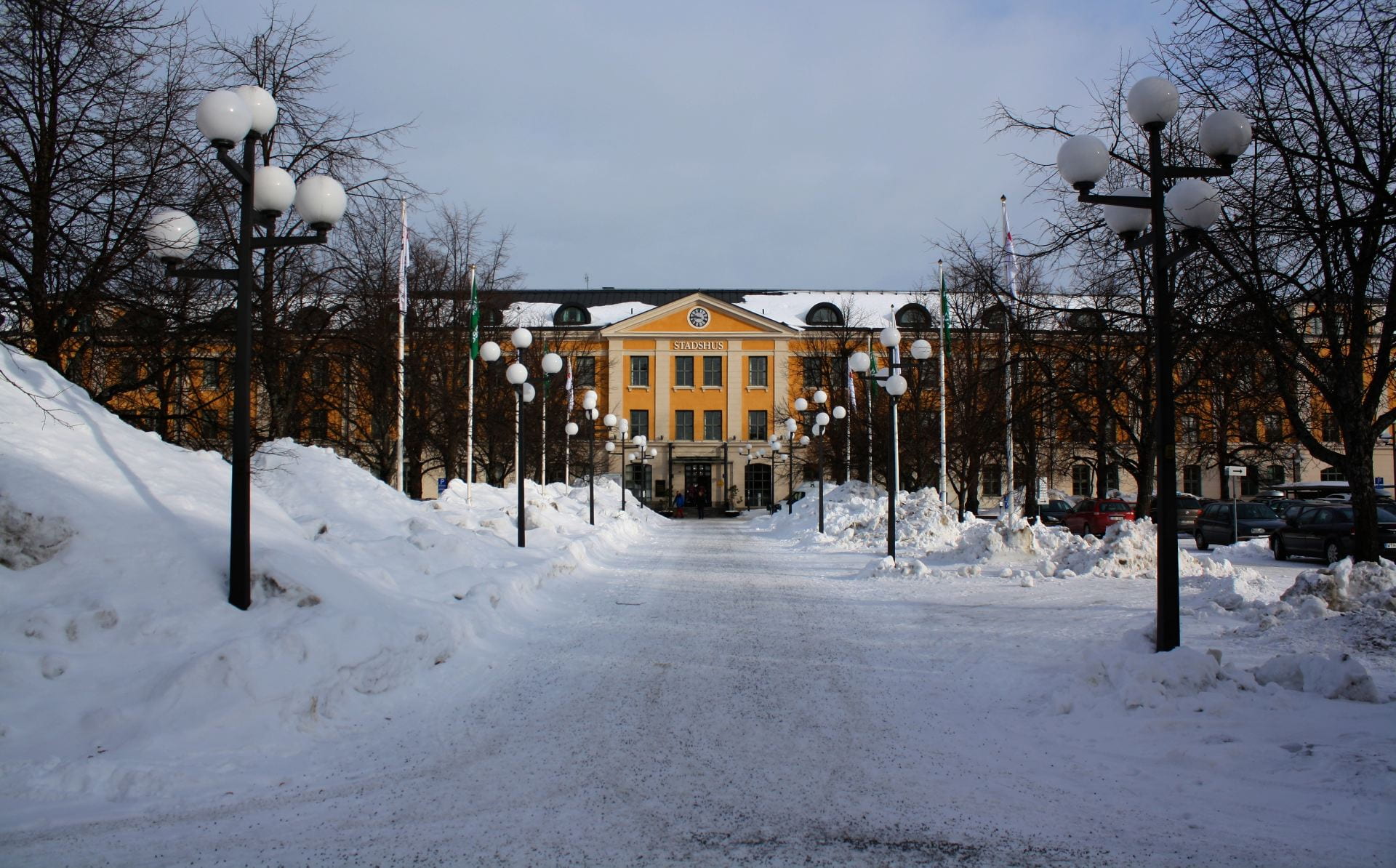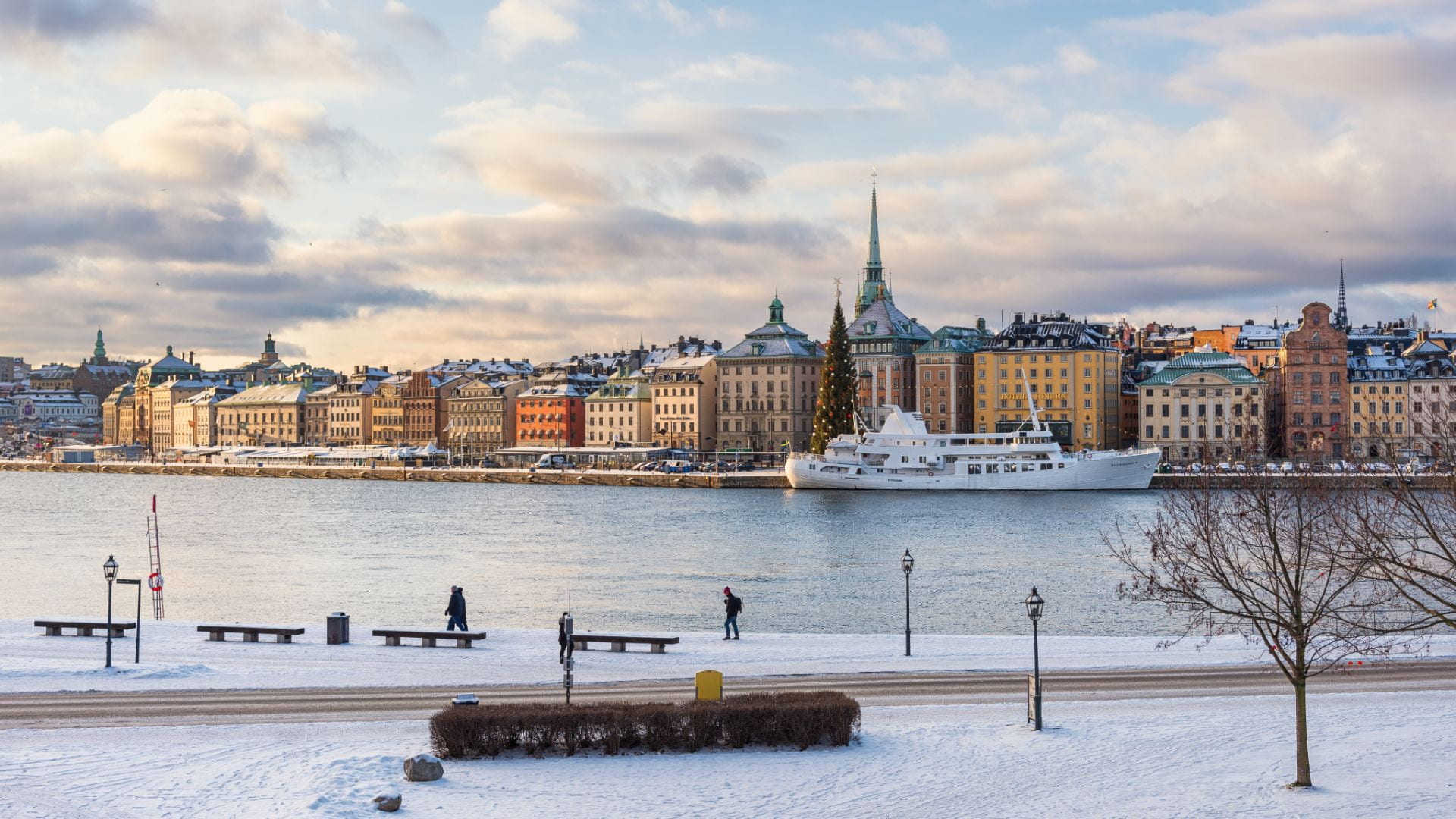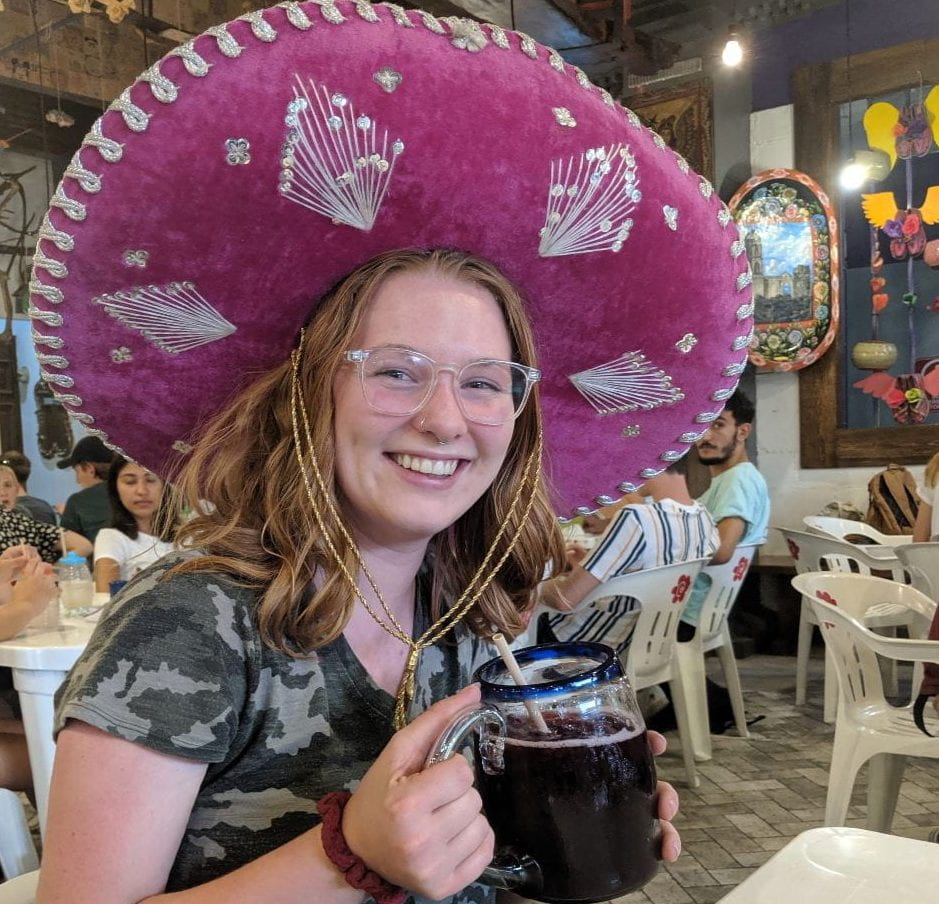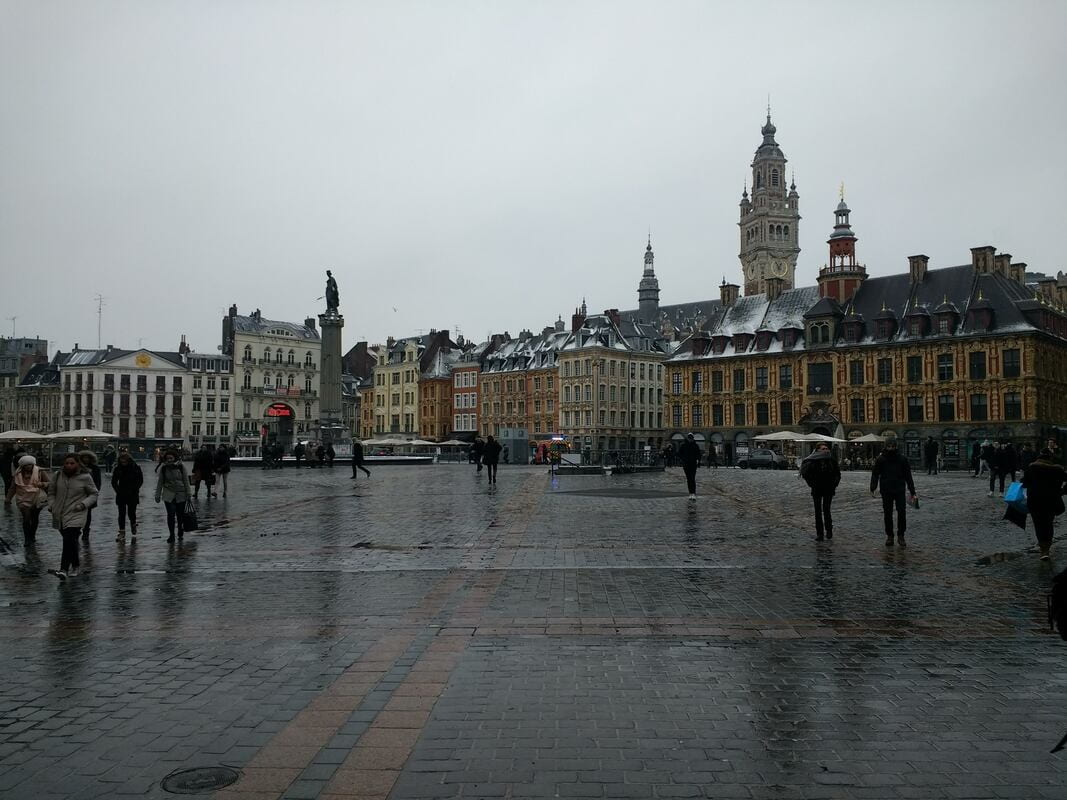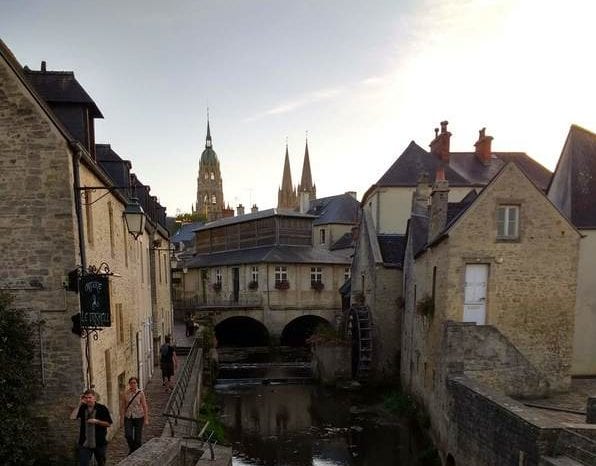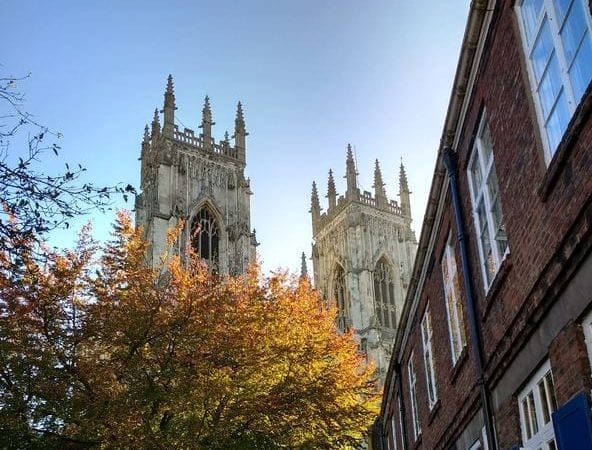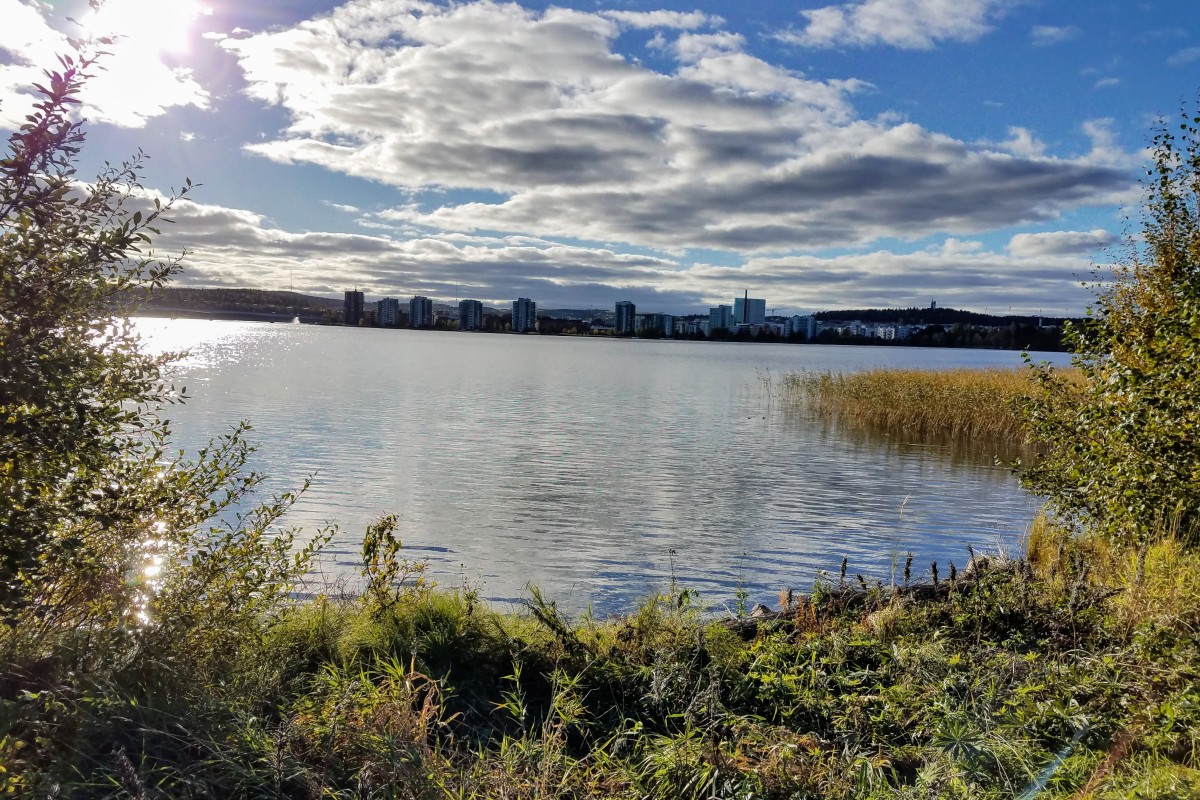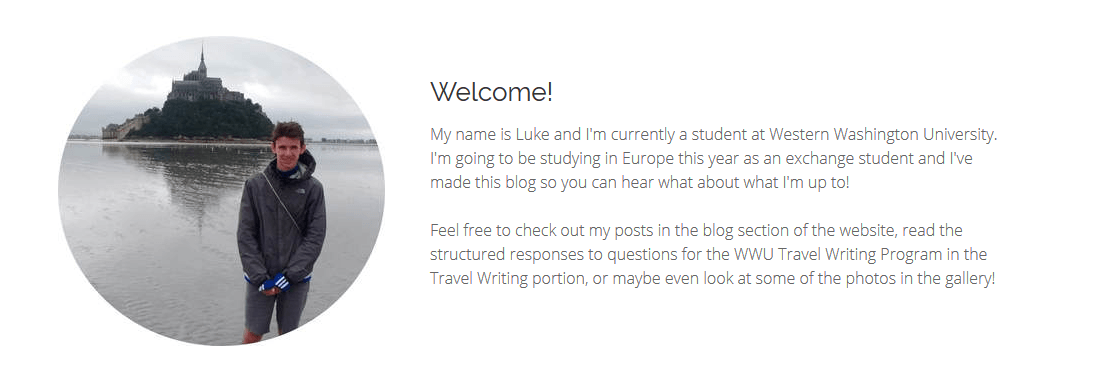Consistency is Key
To say I’ve been on top of writing these entries would be an overstatement. It might actually be an outright lie. While I would love to be able to say that I’ve been busy diligently studying, a more honest answer would be that I’ve been having a lot of fun. I’ve been thinking about how to write this “Day in my Life” type entry for a while now, and I’ve found myself too caught up in trying to contain every thing I’ve ever done in one post, and frankly I don’t think anyone wants to read through that!
A Day in My Life in Akita
Though I got here in the Fall, I’m going to talk about more recent stuff here in terms of my daily activities.
For the Winter, I bought a single pan and a single spatula and have been cooking eggs, sausage and toast for breakfast, which I have almost every day. Very traditionally Japanese, right? Some of my roommates left after Fall ended, so now I currently live with 6 other people, but our suite is somewhat like two apartments glued together, so it’s not crowded at all. Usually it’s pretty quiet everywhere after many people left in Fall.
Akita gets lots of snowfall, some of the most in the entire country, in the country with the highest snowfall by land area, so often times there is snow on my walk to my classes.

In Winter I’m only taking two courses, but they are double-timeslot, intensive courses. Intermediate Japanese 1, from 9:00-11:45 on Monday, Tuesday, Thursday and Friday, and Japanese Film Studies from 3:30-6:15 Monday and Wednesday. As a testament to how “quiet” (I’ll stick with that) the intensive Winter program is, my Japanese class has a grand total of 3 people. The film studies course is a pretty normal size, probably around 25-30, though.
In the gap between the two classes on Monday, I will typically go back to my room and work on any homework or assignments I got in Japanese that day after eating lunch, or occasionally I’ll head over to the library and study there.
Other than that, my day typically consists of studying, reading or hobbies.
Saturdays are typically the days where I go into the city these days. I used to have a club activity every Saturday morning in Fall, but that club has suspended operation for the Winter. In the city, I’ll typically go thrift shopping for camera gear or clothes or something like that. Getting to the city takes a little over an hour, since there is an infrequent bus followed by a train to get there, so actually going there is somewhat of an all day thing. Gotta make the trip worth it.
On Sunday mornings I do my grocery shopping at a local mall which has a supermarket on the bottom floor. The mall also has a very large arcade in it, and I’ll usually spend some time there as well, playing crane games or rhythm games usually. Recently I’ve been playing a lot of a drumming rhythm game called Taiko no Tatsujin! After I get back from shopping, I’ll typically talk or play games online with friends from the US.
On some weekends, I’ve taken trips to mostly nearby places. So far I have been to a few cities and towns on the northern island of Hokkaido, and I’ve also been to Aomori prefecture, Sendai City in Miyagi prefecture, part of Yamagata prefecture, and I’ve spent some time in nearby but not very well known Iwate prefecture. For an upcoming national holiday, I’ll be going to Tokyo for a few days. Of course, there are a million other places I want to go, but time and money only allow for so much. Regardless, I’m really happy with just about everywhere I’ve gone to.
Goals, and How They are Going
One of my main goals coming here was to learn and use more Japanese. A lot more. I believe I have been succeeding at this to the best of my abilities. One thing I didn’t anticipate (which has been a blessing and a curse) is that the other students here mainly want to learn and practice their English, so more often than not my conversations are in English. Outside of Japanese class, of course. The upside of this, of course, is that communication is easy and frequent. I’ve never really felt isolated on campus. In the city or at the mall I’ll occasionally feel like that a bit, but that is only more motivation to continue studying.
Community Engagement
One thing I have learned from my time here is that people around Japan know about Akita International University, and people in Akita seem to really appreciate its presence. One time, when speaking with a very kind worker at a tea store in Sendai city, I told him that I was a student there and he turned to his father (also very kind!) and said in Japanese, “Did you hear that? He’s a student at AIU, that Akita school where they teach all the classes in English!” To which his father seemed surprised to hear.
AIU runs many community outreach opportunities for their students, and my Japanese class in Winter also had their own outreach thing that we did with some of the other Upper Elementary and Intermediate courses. Most of the time they involve going to a local school, and teaching the students about English and about the culture of the country we come from. It is very exciting and very rewarding, and the students are always so engaged and excited to participate. Through these outreach opportunities, I feel as though I have been able to interact with the “real Akita,” outside of campus.
Conclusion
While I had really hoped to become more consistent with these posts, it seems as though time is escaping me. This whole experience has been so rewarding so far, and I really hope to make the best of what time I have left here.


























